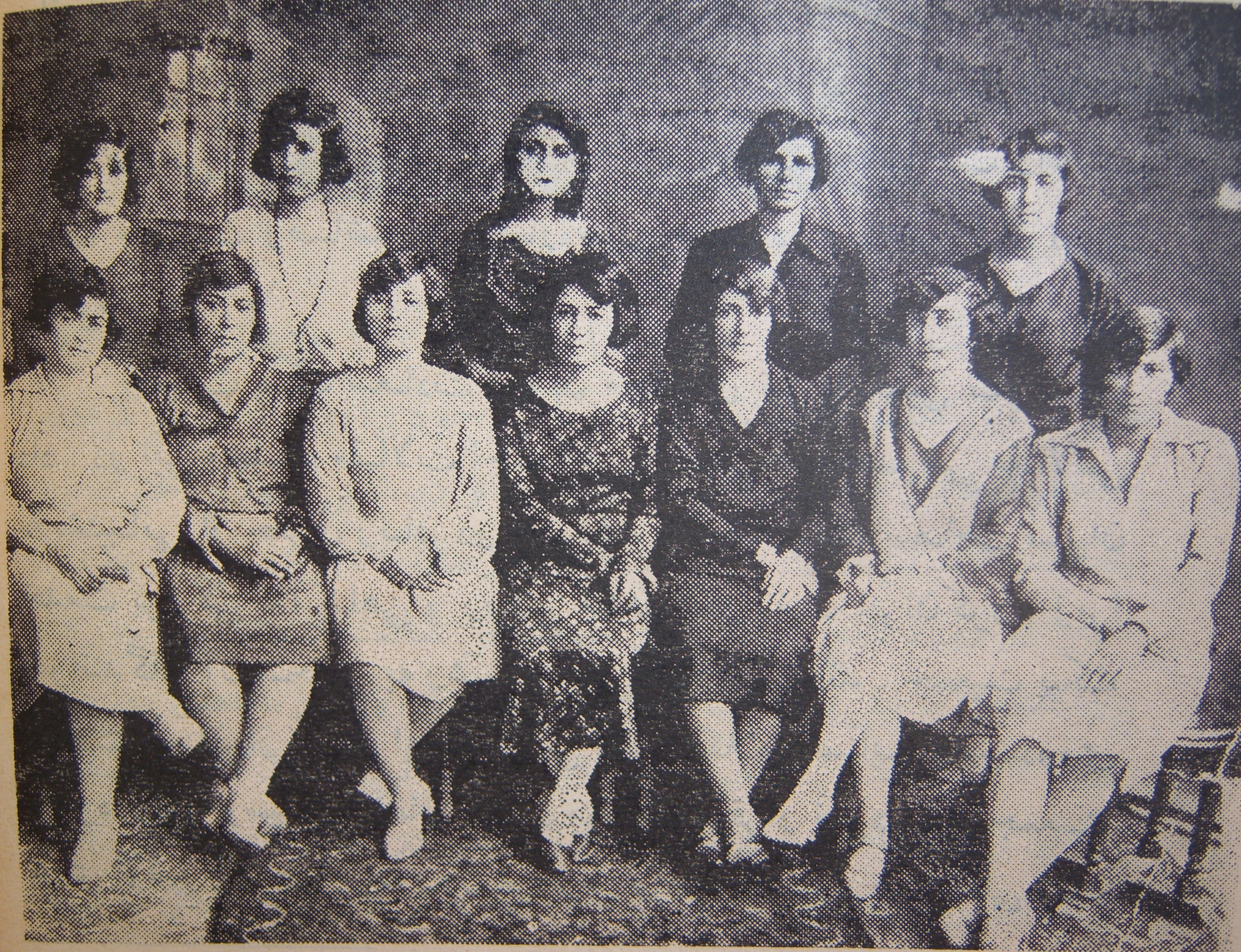|
Women's Rights Movement In Iran
The Iranian Women's Rights Movement (Persian: جنبش زنان ایران), is the social movement for women's rights of the women in Iran. The movement first emerged after the Iranian Constitutional Revolution in 1910, the year in which the first women's periodical was published by women. The movement lasted until 1933 when the last women's association was dissolved by the government of Reza Shah Pahlavi. It rose again after the Iranian Revolution in 1979. Sanasarian 1982, pp. 124–129 Between 1962 and 1978, the Iranian Women's Movement gained victories such as the right for women to vote in 1963, a part of Mohammad Reza Shah's White Revolution. Women were also allowed to take part in public office, and in 1975 the Family Protection Law provided new rights for women, including expanded divorce and custody rights and reduced polygamy. Since the Islamic Revolution of 1979, women's rights have been restricted, and several laws were established such as the introduction of manda ... [...More Info...] [...Related Items...] OR: [Wikipedia] [Google] [Baidu] |
Bibi Khanoom Astarabadi
Bibi Khānoom Astarābādi ( fa, بی بی خانم استرآبادی) (1858/9 – 1921) was a notable Iranian writer, satirist, and one of the pioneering figures in the women's movement of Iran. Biography Bibi Khatoon Astarabadi was born to the family of ''Mohammad Baqer Khan Astarabadi'', one of the notable men of Astarabad (the present-day Gorgan), and ''Khadijeh Khanom'' (خديجه خانم), known as ''Mollah Bāji'' (ملاباجی), one of the companions of ''Shokuh ol-Saltaneh'' (شکوه السلطنه), wife to Nasser al-Din Shah Qajar. The title ''Mollah Bāji'' (see '' Mollah'') is indicative that she must have been educated and in charge of more than the daily household chores of Shah's Court. Indeed, she has been in charge of the education of the children in the court of Nasser al-Din Shah. At the age of 22, Bibi Khatoon married ''Musa Khan Vaziri'' who was a prominent official in the ''Persian Cossack Brigade''. They had seven children, of whom the most dis ... [...More Info...] [...Related Items...] OR: [Wikipedia] [Google] [Baidu] |
